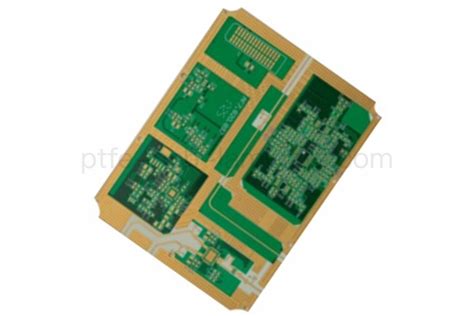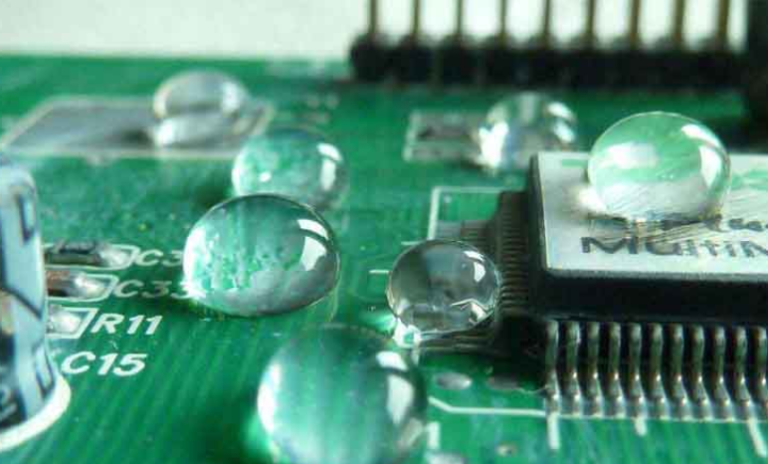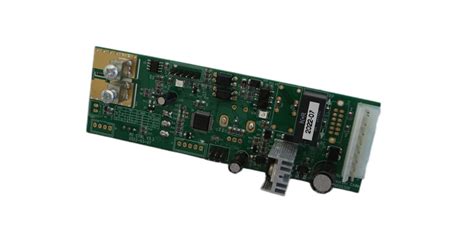Quick Turn PCB Assembly: Revolutionizing Electronics Manufacturing
Introduction
In the fast-paced world of electronics manufacturing, time is of the essence. Companies are constantly under pressure to bring new products to market faster, while maintaining high standards of quality and reliability. This is where Quick Turn PCB (Printed Circuit Board) Assembly comes into play. Quick Turn PCB Assembly refers to the rapid prototyping and production of PCBs, enabling companies to significantly reduce their time-to-market. This article delves into the intricacies of Quick Turn PCB Assembly, its benefits, challenges, and its impact on the electronics industry.
What is Quick Turn PCB Assembly?
Quick Turn PCB Assembly is a specialized service offered by PCB manufacturers that focuses on delivering fully assembled PCBs in a very short timeframe. Traditionally, PCB assembly could take several weeks, from the initial design phase to the final production. However, with Quick Turn PCB Assembly, this process is expedited, often resulting in delivery times of just a few days.
The process involves several key steps:
- Design and Layout: The first step in Quick Turn PCB Assembly is the design and layout of the PCB. This involves creating a schematic of the circuit, which is then translated into a physical layout using specialized software. The design must be optimized for manufacturability, ensuring that the PCB can be produced quickly and efficiently.
- Component Sourcing: Once the design is finalized, the next step is sourcing the necessary components. Quick Turn PCB Assembly services often have established relationships with component suppliers, allowing them to procure parts rapidly. In some cases, manufacturers may keep a stock of commonly used components to further reduce lead times.
- PCB Fabrication: The actual fabrication of the PCB involves several processes, including etching, drilling, and plating. Quick Turn PCB Assembly services utilize advanced manufacturing techniques and equipment to accelerate these processes without compromising on quality.
- Assembly and Testing: After the PCB is fabricated, the components are assembled onto the board using automated pick-and-place machines. The assembled PCB is then subjected to rigorous testing to ensure that it meets the required specifications and functions correctly.
Benefits of Quick Turn PCB Assembly
- Reduced Time-to-Market: The most significant advantage of Quick Turn PCB Assembly is the reduction in time-to-market. By compressing the production timeline, companies can bring their products to market faster, gaining a competitive edge.
- Cost Savings: While Quick Turn PCB Assembly may involve higher upfront costs due to expedited services, the overall cost savings can be substantial. Faster production means reduced labor costs, lower inventory holding costs, and the ability to respond quickly to market demands.
- Flexibility: Quick Turn PCB Assembly offers greater flexibility in product development. Companies can quickly iterate on designs, test prototypes, and make necessary adjustments without significant delays. This is particularly beneficial in industries where technology evolves rapidly, such as consumer electronics and telecommunications.
- Improved Quality Control: Quick Turn PCB Assembly services often employ advanced testing and inspection techniques to ensure that the final product meets high-quality standards. This reduces the risk of defects and ensures that the PCB functions as intended.
- Scalability: Quick Turn PCB Assembly is not just limited to prototyping; it can also be used for small to medium-scale production runs. This scalability allows companies to respond to market demands without committing to large-scale production upfront.

Challenges in Quick Turn PCB Assembly
While Quick Turn PCB Assembly offers numerous benefits, it is not without its challenges. Some of the key challenges include:
- Component Availability: One of the biggest challenges in Quick Turn PCB Assembly is the availability of components. With the global supply chain facing disruptions, sourcing components quickly can be difficult. Manufacturers must have robust supply chain management practices in place to ensure that components are available when needed.
- Design Complexity: As PCBs become more complex, with higher layer counts and finer pitch components, the design and manufacturing process becomes more challenging. Quick Turn PCB Assembly requires a high level of expertise to ensure that complex designs can be produced quickly and accurately.
- Cost Management: While Quick Turn PCB Assembly can lead to cost savings in the long run, the expedited nature of the service can result in higher upfront costs. Companies must carefully manage their budgets to ensure that the benefits outweigh the costs.
- Quality Assurance: The rapid pace of Quick Turn PCB Assembly can sometimes lead to compromises in quality. Manufacturers must implement stringent quality control measures to ensure that the final product meets the required standards.
Impact on the Electronics Industry
Quick Turn PCB Assembly has had a profound impact on the electronics industry, enabling companies to innovate and compete more effectively. Some of the key impacts include:
- Accelerated Innovation: Quick Turn PCB Assembly has accelerated the pace of innovation in the electronics industry. Companies can quickly develop and test new ideas, leading to faster advancements in technology.
- Increased Competition: The ability to bring products to market faster has increased competition in the electronics industry. Companies that can leverage Quick Turn PCB Assembly effectively can gain a significant competitive advantage.
- Customization and Personalization: Quick Turn PCB Assembly has enabled greater customization and personalization of electronic products. Companies can quickly produce small batches of customized PCBs to meet specific customer needs.
- Sustainability: Quick Turn PCB Assembly can contribute to sustainability efforts by reducing waste and optimizing resource utilization. Faster production times mean less material waste, and the ability to quickly iterate on designs can lead to more efficient use of resources.
Future Trends in Quick Turn PCB Assembly
As the electronics industry continues to evolve, several trends are likely to shape the future of Quick Turn PCB Assembly:
- Automation and AI: The integration of automation and artificial intelligence (AI) in PCB manufacturing is expected to further accelerate the Quick Turn PCB Assembly process. Automated systems can handle complex tasks with greater precision and speed, while AI can optimize design and production processes.
- Advanced Materials: The use of advanced materials, such as flexible and high-frequency substrates, is expected to increase in Quick Turn PCB Assembly. These materials offer new possibilities for PCB design and functionality, enabling the development of more compact and high-performance electronic devices.
- 3D Printing: 3D printing technology is poised to revolutionize PCB manufacturing. With the ability to quickly produce complex geometries, 3D printing could significantly reduce the time required for PCB fabrication and assembly.
- Supply Chain Resilience: The importance of supply chain resilience has been highlighted by recent global disruptions. In the future, Quick Turn PCB Assembly services will likely focus on building more resilient supply chains, with greater emphasis on local sourcing and inventory management.

Conclusion
Quick Turn PCB Assembly has emerged as a critical enabler of innovation and competitiveness in the electronics industry. By significantly reducing production timelines, it allows companies to bring new products to market faster, respond to changing customer demands, and stay ahead of the competition. While challenges such as component availability and design complexity remain, advancements in technology and supply chain management are expected to further enhance the capabilities of Quick Turn PCB Assembly.
As the electronics industry continues to evolve, Quick Turn PCB Assembly will play an increasingly important role in shaping the future of technology. Companies that can effectively leverage this service will be well-positioned to thrive in an increasingly competitive and fast-paced market.







